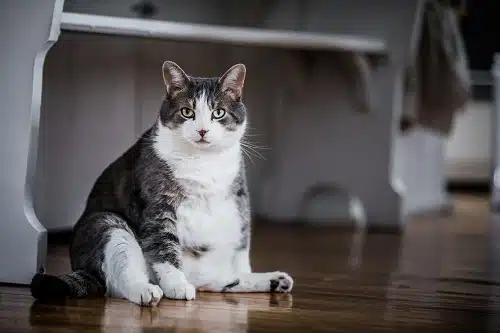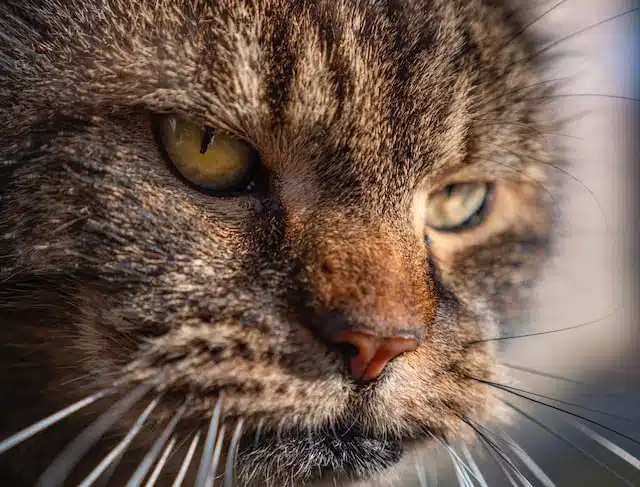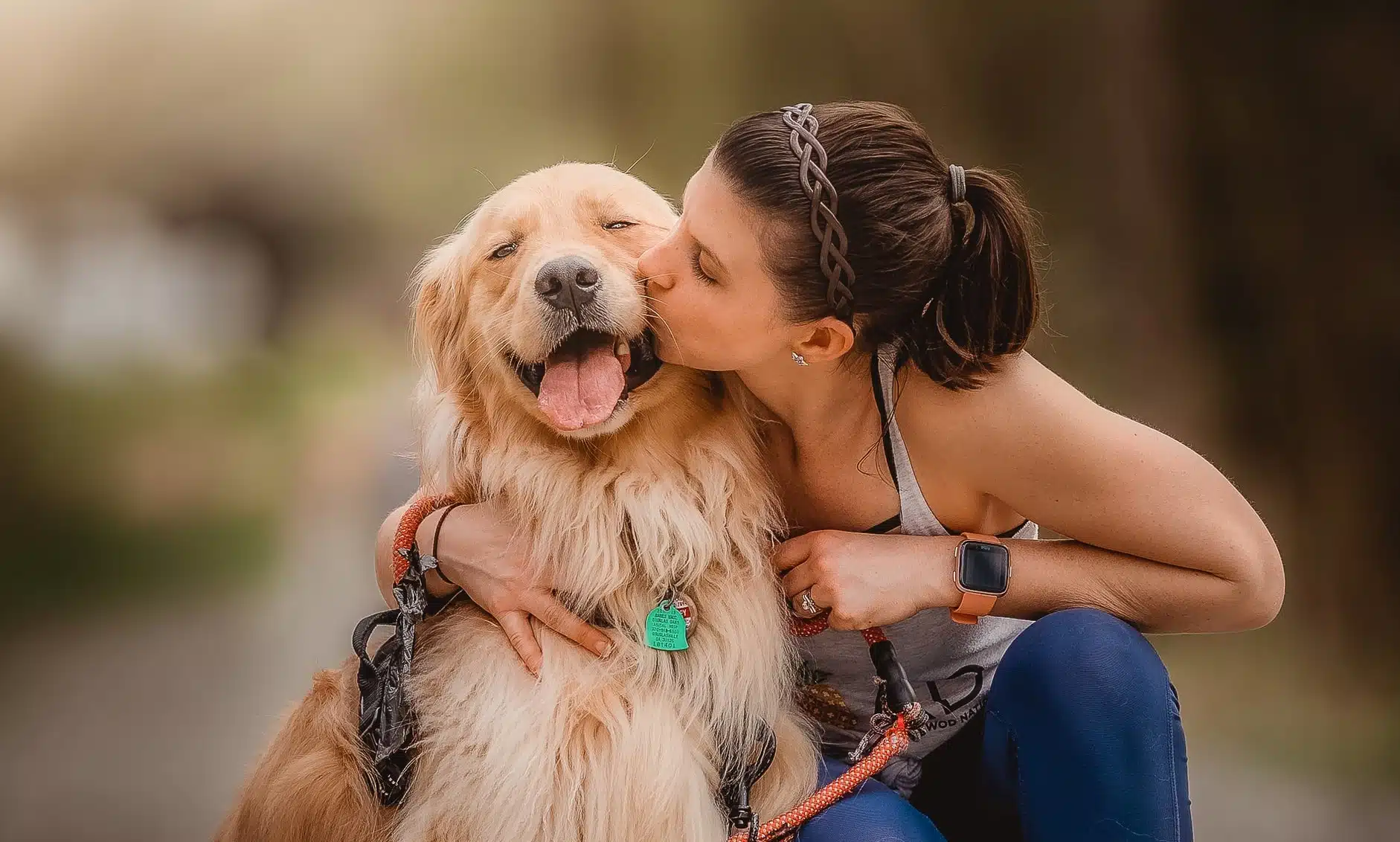Home » Blog » Pet » Pet Health & Safety » What is a Pet Body Condition Score and Why is it Important?
Categories
Tags
animal welfare
breed profile
buying a car
buying a pet
Car
car accessories
car care
car features
car insurance
Car safety
car sales
car service
cat
cat behaviour
cat body language
Cat Breeds
cat food
cat insurance
comprehensive car insurance
Dog
Dog Behaviour
dog body language
Dog Breeds
dog food
Dog Insurance
dog training
eco friendly cars
Kitten
New Car
pet accessories
pet activities
Pet Adoption
pet breeders
pet days of the year
pet fun stuff
Pet Health
pet insurance
pet parenting
Pet Safety
pet services
Puppy
rescue pets
road safety
road trip
safe driving
Recent Blog:
Facebook Posts
1 day ago
True or false: A stiff brake pedal can stop your car from starting? Answers here…![]()
![]() 3 Reasons For a Stiff Brake Pedal and Car That Won't Start –
... See MoreSee Less
3 Reasons For a Stiff Brake Pedal and Car That Won't Start –
... See MoreSee Less
3 Reasons for a Stiff Brake Pedal and Car That Won't Start
www.pd.com.au
Help! My car isn't starting and the brake pedal is stiff - why?! First of all, if your brake is stiff and car won't start then you've already pieced3 days ago
Growing old sometimes means we can’t take care of pets anymore. Find out some advice on what to do when this happens:![]()
![]() Senior Pet Parents – Contingency Plans for Your Pet –
... See MoreSee Less
Senior Pet Parents – Contingency Plans for Your Pet –
... See MoreSee Less
Senior Pet Parents' Contingency Plans for Pets
bit.ly
Sometimes senior pet parents need more downtime. For older pet owners, this can be tricky to navigate if their dog or cat is full of beans and wants to5 days ago
Celebrating World Vet Day by expressing our gratitude to all the wonderful vets out there! You're the real heroes for our fluffy companions. #WorldVetDaye#ThankYouVetsu#PDPetsdpets
... See MoreSee Less
Ever heard of a dog or cat body condition score? It’s a way of evaluating your pet’s overall weight and body composition to find out whether they’re underweight, overweight, or at an ideal weight. Understanding the pet body condition score can help you ensure yours is healthy, happy, and able to enjoy their best life.
In Australia, 41% of dogs and 32% of cats are overweight or obese. This has a toll on their health and happiness, so keeping an eye on their waistline is part of responsible pet parenting. If you’re concerned about your fur kid’s weight, find out their score today.
Table of contents

What is a dog and cat body condition score?
A pet’s body condition score is a numerical rating system that allows you to assess whether your dog or cat is not as heavy, heavier or just as they should be when it comes to their weight.
It typically ranges from 1 to 9, with 1 being severely underweight and 9 being severely overweight. An ideal body condition score for most pets is between 4 and 5, which means that they’re at an appropriate weight with a healthy amount of body fat.
Evaluating your pet’s body condition score involves examining their overall appearance, including their weight, body shape, and muscle tone. Below we’ll teach you what physical characteristics to look for, as well as how to feel for their ribcage and belly.

Why is it important?
Maintaining a healthy body condition score for your dog or cat is a part of them living their best life. Here are some reasons why.
Obesity
As mentioned, more than half of the world’s pets are overweight. Being overweight or obese can increase the risk of many health problems in pets, including diabetes, heart disease, respiratory and joint problems. National Pet Obesity Day in October every year is to remind pet parents that less is more.
Here are some of the knock-on problems caused by excess weight:
- Cancer
- Cardiovascular disease
- Chronic inflammation
- Diabetes (read how obesity leads to diabetes in dogs and cats)
- High rather than normal blood pressure
- Kidney dysfunction
- Orthopaedic disease (read about IVDD in Dachshunds and other dogs, and how weight gain can be a no-no)
- Osteoarthritis
- Reproductive disorders
We spoke to companion animal vet Dr Cath Watson for some advice on avoiding those added kilos and on shedding them, too:
Quality of life
Maintaining an ideal body weight can help improve your pet’s quality of life. Why? Overweight pets may have trouble moving around, playing, and engaging in normal activities, which can impact their happiness. Their energy levels may be depleted with the effort, something that can be said for underweight pets.
Longevity
Studies have shown that maintaining an ideal body weight can help increase a pet’s lifespan. Check out our write-up and video on Creme Puff, for example —> the oldest cat that has lived so far. At the time of writing, a new title holder for oldest dog in the world had just been named; you can read about Bobi here.
Disease management
If your pet has an existing health problem, maintaining an ideal body weight can help manage their condition. For example, diabetic pets may require a specific diet and exercise routine to maintain their blood sugar levels and overweight pets with joint problems may benefit from weight loss to reduce the strain on their joints.

How do I tell my pet’s body condition score?
So, without further ado… Generally speaking, here’s how to find out their score:
1. Observe their overall appearance
Look at your pet from above and from the side. You should be able to see a waistline behind the ribs, but it shouldn’t be too prominent or too obscure.
2. Evaluate their ribs
Run your hands along their rib cage. You should be able to feel their ribs without pressing too hard, but they shouldn’t be visible.
3. Check your pet’s belly
Look at their belly and feel it with your hands. It should be tucked up behind the rib cage, but not too tightly.
4. Look at your pet’s muscle tone
Your pet should have a good muscle tone, with no visible or excessive fat.
5. Compare their proportions
Now, from your visual inspection, compare their proportions to a body condition chart. Use this Body Condition Score sheet for dogs, and this one for cats. As mentioned, an ideal body condition score for most pets is between 4 and 5.
6. Calculate their ideal weight
You can now calculate what a healthy weight for your pet would be using the steps in this article.
This video will also help you determine your dog’s body condition score:
And this is how to do your cat’s:
How do I improve their body condition score?
Found out that Fido or Felix are a little on the plump or skinny side? Don’t worry, their weight can be managed! Here’s how to help them maintain a healthier waistline.
Diet
Ensure they’re eating a healthy, well-balanced diet that’s appropriate for their age, breed, and activity level. If your pet is overweight, you may need to reduce the amount of food they’re eating or switch to a low-calorie diet. For an underweight pet, you may need to increase their food intake or switch to a more nutrient-dense food. Your vet will be able to guide you through.
These pet food insights from experts in NZ is a super interesting and up to date look at nutrition in our fur kid’s food. Also, if you’re wondering whether to feed them dry food vs wet, here’s a helpful rundown:
Exercise
Regular exercise is essential for maintaining a healthy weight and improving your pet’s body condition score. Make sure your pet gets enough physical activity each day, such as walks, runs, or playtime. The amount of exercise your pet needs will depend on their age, breed, and activity level.
Check out our Dog Exercise Requirements By Breed article to see what your pet needs.
Portion control
If your pet is overweight, it’s important to control their portion sizes and avoid overfeeding. Use measuring cups or a kitchen scale to make sure you’re dishing them the right amount of food for their age and weight.

Treats
Limit the number of treats you give them and choose healthy, low-calorie options. Treats should make up no more than 10% of their daily calorie intake.
Regular veterinary check-ups
Regular check-ups with your vet can help ensure they’re maintaining a healthy body condition score. Your vet can give you advice on diet, exercise, and other lifestyle factors that can impact your fur kid’s weight and health. Here’s a helpful rundown of what happens in a vet checkup:
Read more:
Insurance for the unexpected
Hopefully we’ve helped you understand what a body condition score for a cat and dog is. We’d also like you to know that while carefully maintaining your pet’s health is important, illnesses and accidents can still happen. Bills for vet visits, prescription medicine and overnight stays easily rack up in the thousands.
It’s not impossible for an unforeseen obesity or other cause-related illness to clear your bank balance. However, if you have a cat insurance or dog insurance pawlicy in place before they emerge, we’ll help cover these costs.
Why wait, when with PD Insurance you’ll receive one or more months of cover for free if you sign up online – it’s easy, reliable and fast. Just like our pet insurance.
Share On:




